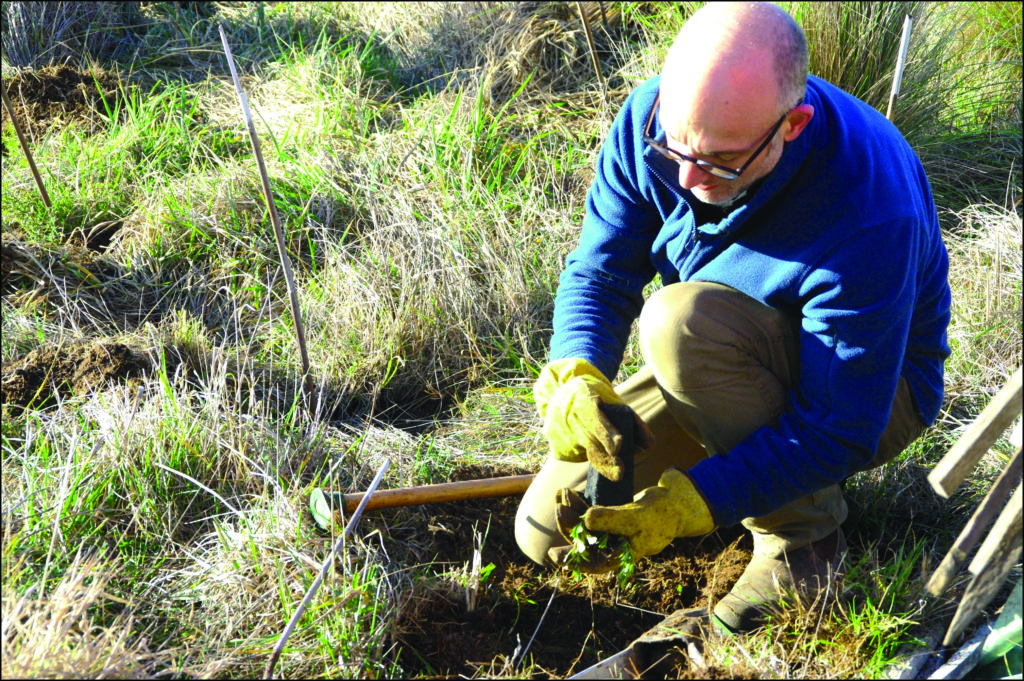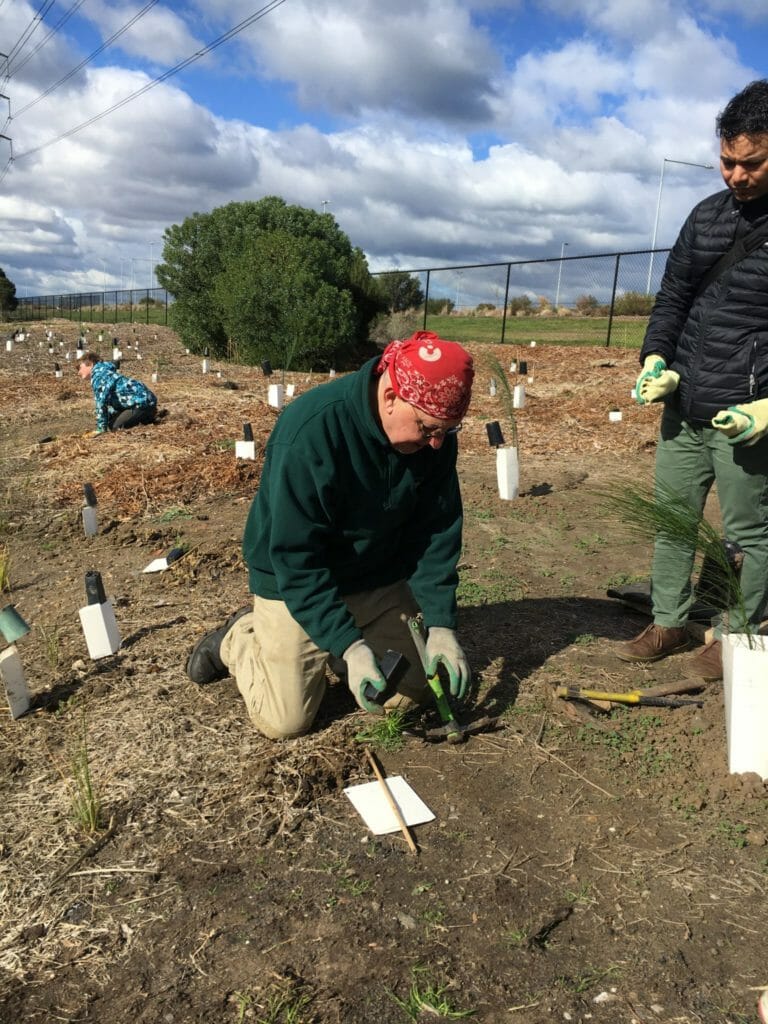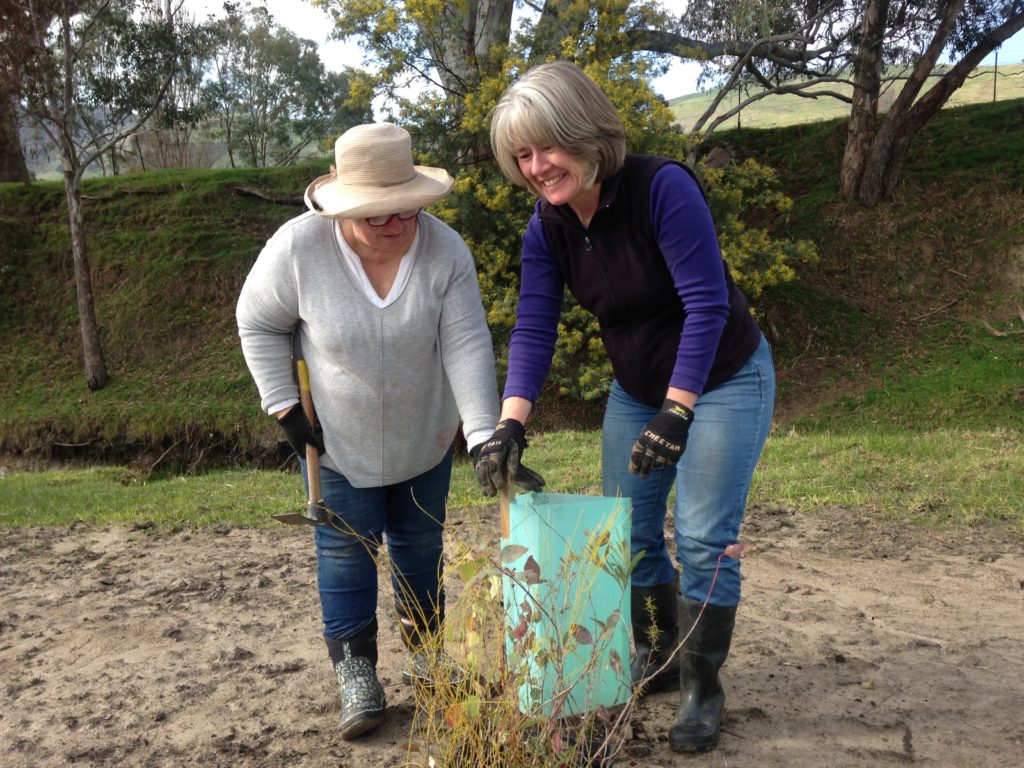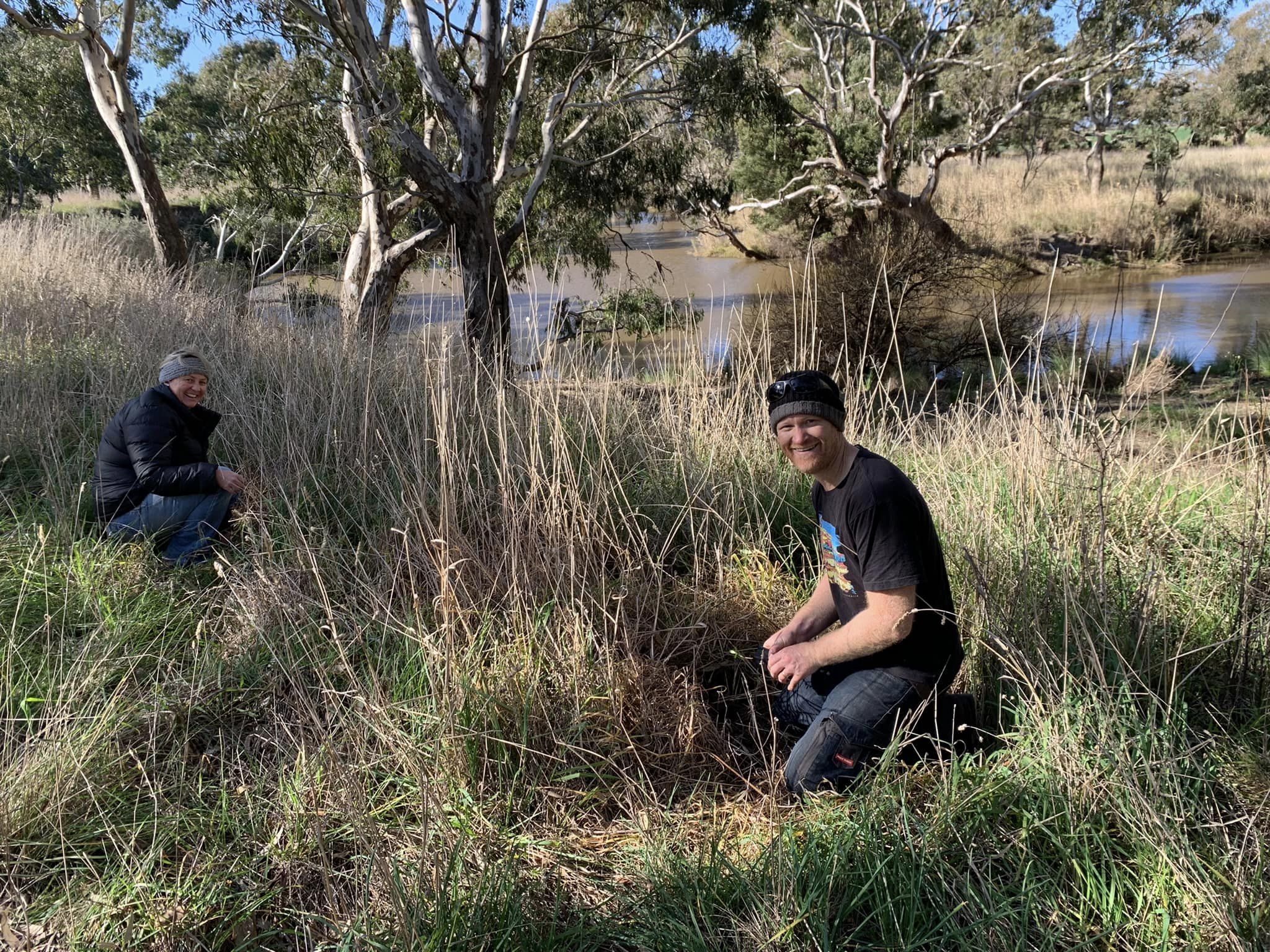We all know how important trees are … from the benefit to our physical and mental health, to producing oxygen, absorbing CO2, and even increasing house prices, trees are the gifts that keep on giving.
With so many exciting benefits to our health and the community, there’s never a bad time to plant a tree. Planting a tree means more time enjoying the greenery and less time waiting for seedlings to grow; plus the fun of caring for a living thing and the responsibility that kids can learn about.
If you’re looking at planting a tree though, there are a few basic rules to follow.
While it’s true that different species and different climates will influence the steps you need to take, the following tips will ensure your green gift to the earth stands the best chance of growing big and tall.

Watering
Newly planted trees will experience stress at their new environment, which regular watering will help reduce. For this reason you should water newly planted trees every day for the first two weeks. You can cut this back to once a week for the first year.
It’s tempting to think you don’t need to water trees if they’re drought-resistant. However, all trees require regular watering during the first few years – even hardy species! This is because the roots have not yet penetrated deep enough to sustain the tree through dry periods. For this reason you should water the roots well, especially when the temperature is hot and dry.
The experts at Wayne’s Landscaping have the following exclusive insight to help you water your trees properly, saying “once your trees are established it’s important to not over water them. Use a trowel to dig a couple of inches into the soil and feel the moisture level. Soil should be consistently moist – you can achieve this result with 30 seconds of a steady stream.”
Mulching and Fertilising
In the same way you need to water your trees for the first few years until their roots are strong enough, fertilising should become part of your green habits for the first few years. This will ensure a sufficient nitrogen supply that will encourage growth. In addition, fertiliser will retain moisture, control the temperature of soil and keep nasty weeds at bay.
Once your trees are settled and established you will be able to cut back on fertilising. But for the first few years make this a priority.
According to the garden maintenance experts at Sergio’s Gardening, ‘mulching isn’t just for the health of your trees. By adding 2-3 inches of mulch around the base of your trees you’ll also protect them from the mower, leaving you with healthy shrubs and a slick lawn top.’
Bonus Tip – It’s easy to get carried away and think bigger is better. But be careful adding too much mulch to your trees. This is known as ‘volcano mulching’ and creates a damp, cool environment which may attract pests, disease and fungi.

Pruning
Correct pruning will be crucial to developing a strong trunk. This means removing abnormal growths and minor branch defects but leaving the pruning shears inside otherwise. Young trees are able to develop stronger branches quicker if left alone, so hold off on pruning for at least a year.
Avid green thumb Clarinda Cheon, Sydney Marketer, spends her weekends off in the garden, and provides a valuable tip, saying ‘it may sound counter-productive but trees don’t need us to grow. Observe your trees and get used to signs of stress or disease. Quick changes in colour or stunted growth should be looked into. But try and enjoy your trees, rather than damage them through over care.’
Once the trunk of your tree has become at least 2 inches thick, then you can get in the habit of removing lower branches gradually over time.
Pruning tips:
- Don’t cut too close to the trunk. This can create large wounds that are difficult to heal.
- Don’t cut too far from the trunk. These unsightly knobs can provide entry points for insects.
- Prune branches just outside the branch collar. This is the swollen area where the branch and the trunk meet.

Final Thoughts
By following these valuable steps you’ll be doing everything right to ensure your trees survive and thrive. Although the first few years are the most important in terms of caring for your tree, you should continue to water, mulch, prune and protect your tree as it grows with you.
Tree planting is a great way to involve the entire family, as well as leave your mark individually, or generate a corporate community spirit. Caring for trees reminds us all of our responsibility to nature, and makes sure we are all playing our part to leave the world a green and beautiful place to the next generation.
Author Charlie Wilson.
Charlie is an Australian writer and uni student living in Melbourne. He is passionate about technology and the latest innovations. Charlie also has a love for animal welfare, regularly taking breaks from work to volunteer with the local pet rescue.


